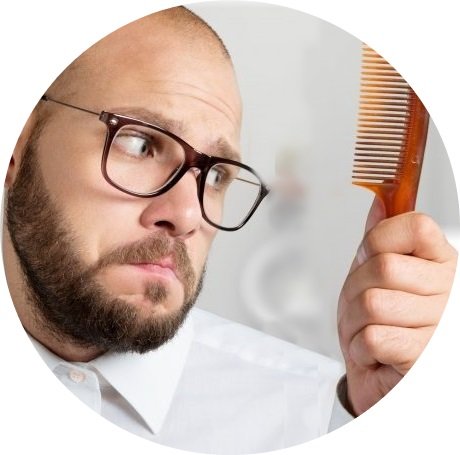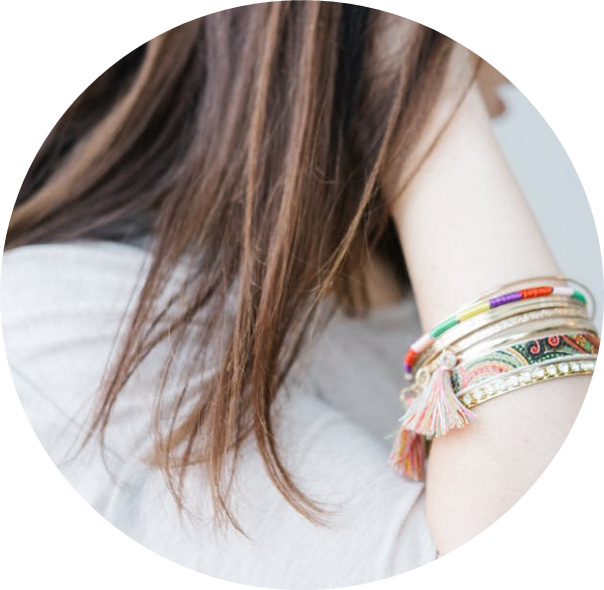Recommended Haircuts For Men With Thinning Hair
Like it or not male pattern baldness is basically inevitable, with 66 percent of guys in their 30s losing their hair, and 85 percent partially bald by the time they are 55 years old. If you have reached that point in your life when hair loss or hair thinning has become a major factor in the way you look, we have picked up a few ideas from maxim.com on how to look your best when going bald.
Five of the best haircuts for thinning hair
1. Shaved. Well, let’s just say that if it works for Bruce Willis and Vin Diesel it will work for you. Shaving all your hair might seem like a bold move and even a scary one but there is freedom in it. Confidence is the key so embrace your baldness and be the best version of yourself you’re meant to be.
2.Tapered sides. Keeping the top of your hair longer and tapering the sides can in some cases help understate your hairline while giving the illusion of fuller hair. Ask your stylist to try this haircut the next time you pay him a visit and see how it looks. You might be surprised at the end result. Furthermore, try growing a beard as it will always divert peoples attention from your hair and make them focus on your face instead. To make the top of your hair stay up to use a blow dryer and even a small dab of wax to give it some texture.
3.Finger – length cut. Keeping your hair an inch long gives you enough hair to work with and makes it look like you have more hair than you actually do. The finger – length cut is basically just a longer version of a buzz cut that’s the same length all around –about one inch all over. It is perfect if the hair above your temples is receding, leaving you with a defined peninsula of hair in the middle, just like Jude Law.
4.Combed over. Okay, so we are not talking Donald Trump style or old-school combed over style where you brush over a couple strands of hair to cover a giant bald patch at the top of your head. The combed over style we are referring to works for receding temples and/or a thinning top, and is a nice look where the top is longer than the sides to create the illusion of fullness, and swept over to one side — almost like a side part, but less defined. Use a blow dry to the side and use some wax to keep in place and you should be looking perfect in no time.















